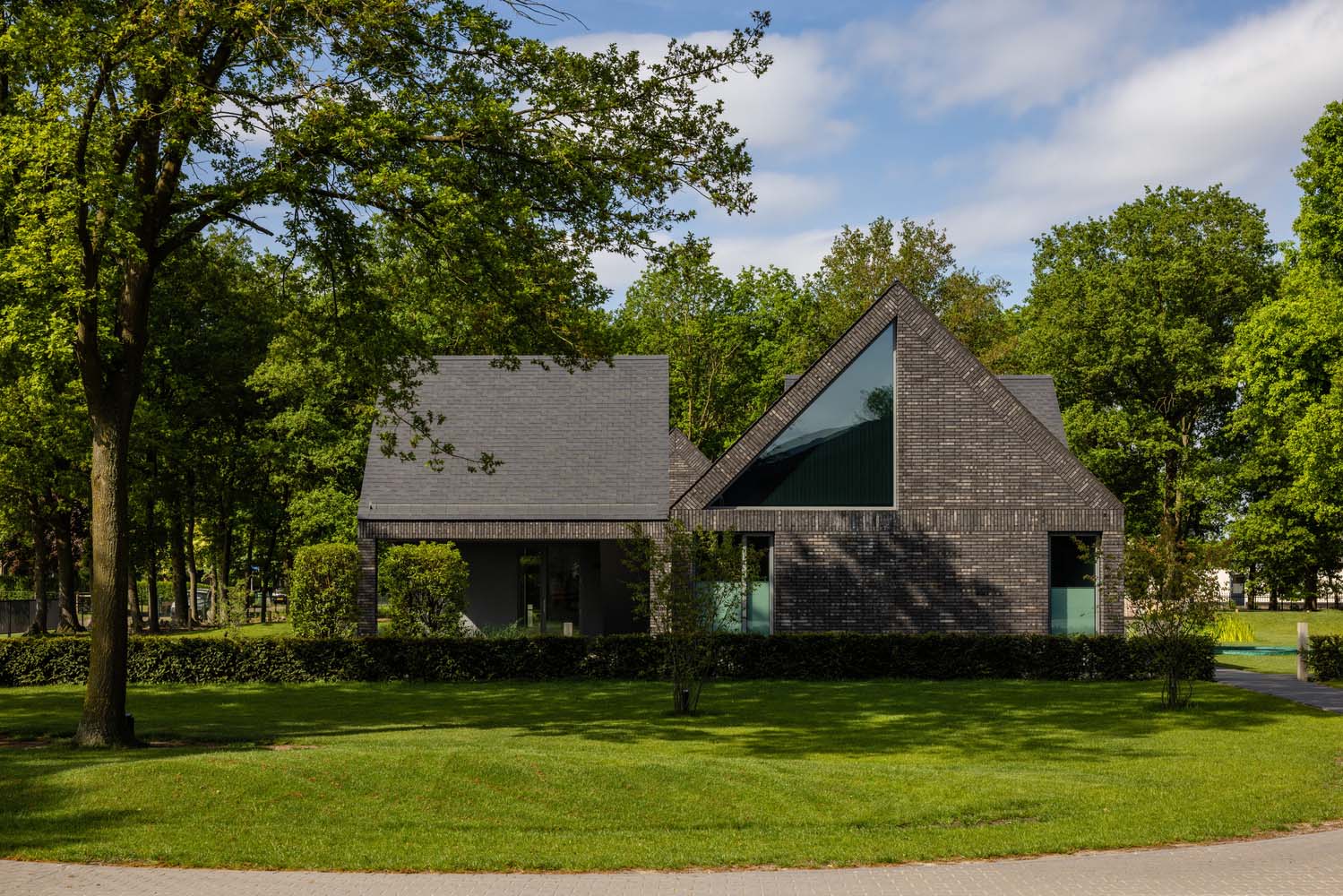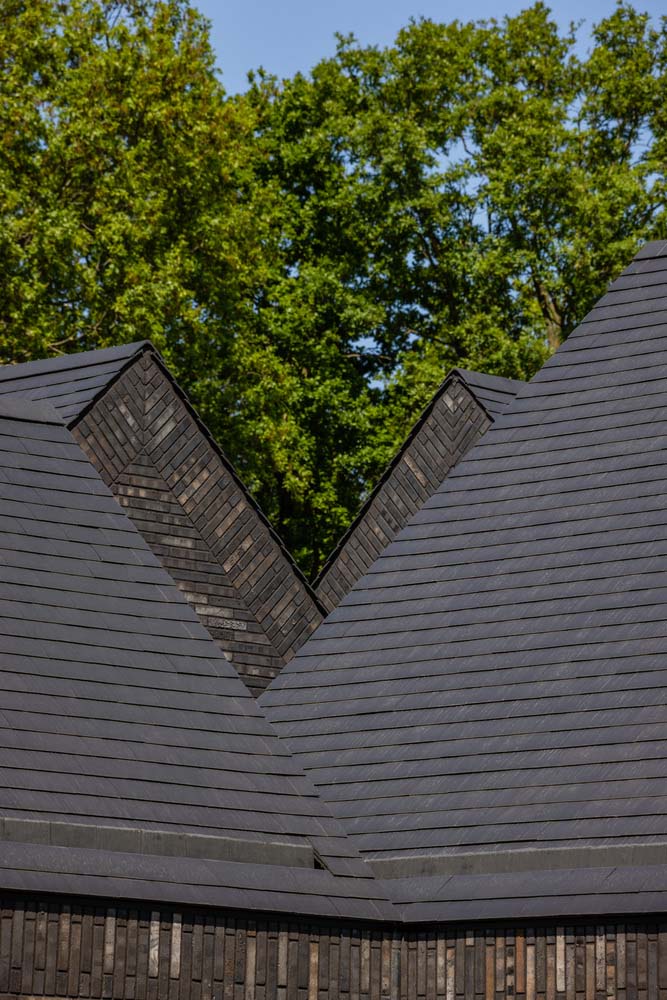
Your roof is one of the most essential components of your home. It protects you, your loved ones, and your belongings from rain, snow, wind, sun, and other outdoor elements present in the American landscape.
However, like all parts of a house, roofs only have a prescribed lifespan. Knowing when it’s time to repair versus completely replace your roof can save you significant money and stress in the long run. This post will look into the key factors that impact roof longevity and provide guidance on when repairs are sufficient and when it’s necessary to invest in a new roof. Read on to learn more.
Factors Affecting Roof Lifespan
Several factors influence how long your roof will last:
- Roofing Material: The lifespan of your roof largely depends on the type of material it’s made from.
- Installation Quality: Even with high-quality materials, improper installation can significantly reduce your roof’s lifespan. It’s crucial to choose a reputable, experienced roofing contractor, like Erie Roofing of Austin if you’re in Texas, who follows manufacturer guidelines and industry best practices.
- Local Climate And Weather: Your local climate plays a big role in how quickly your roof wears out. Harsh, fluctuating weather conditions can accelerate deterioration. Frequent exposure to intense UV rays can also break down roofing components over time.
- Roof System Upkeep: Consistent roof maintenance is key to maximizing its lifespan. This includes keeping gutters and downspouts clear, promptly addressing minor repairs, and having professional inspections every few years. Neglecting basic upkeep can lead to premature roof failure.

Signs You Need Roof Repairs
Catching and fixing roofing issues early can often extend your roof’s life and prevent the need for a full replacement. Here are some signs that indicate repairs are necessary:
- A handful of cracked, curled, or missing shingles;
- Loose or corroded roof flashing;
- Minor leaks in the attic or top floor;
- Peeling exterior paint near the roofline; and so on.
If you notice any of these red flags, contact a roofing professional to assess the damage and recommend repairs. Common repairs include replacing damaged shingles, resealing or replacing flashing, improving attic ventilation, and treating moss or algae.
When Complete Roof Replacement Is Necessary
In some cases, repairs aren’t enough, and a complete roof replacement is the most practical solution. Here are indications that it’s time for a new roof:
- Widespread deterioration in the roof’s shingles;
- Multiple leaks throughout the roof and other surrounding parts;
- Sagging or spongy roof decking;
- Extensive moss or algae growth covering the roof;
- Your roof is nearing or has surpassed its expected lifespan based on the material; and the like.
While a full roof replacement is a substantial investment, it provides reliable, long-term protection for your home. A new roof can also enhance your home’s value, energy efficiency, and curb appeal.

Deciding Between Repairs and Replacement
To determine whether repairs or replacement is the best course of action, consider these factors:
- Your Roof’s Age: If your roof is relatively new or less than half its expected lifespan, repairs are likely sufficient to address localized issues. But if your roof is approaching or has exceeded its anticipated life, replacement may be more cost-effective than pouring money into ongoing repairs.
- Extent Of Damage: If the damage is minor and limited to a small area, repairs can often resolve the problem. But if the damage is widespread or severe, replacement is usually necessary.
- Available Budget: Repairs are generally less expensive than a full replacement in the short term. Nonetheless, if your roof requires frequent repairs, the cumulative cost can quickly add up. In some cases, investing in a new roof can be more economical in the long run.
To make an informed decision, schedule a professional roof inspection. An experienced roofing contractor can thoroughly assess your roof’s condition, identify any issues, and provide honest guidance on whether repairs or replacement is the best option for your specific situation.
The Importance of Proactive Roof Maintenance
Regardless of your roof’s age or material, proactive maintenance is essential to optimize its lifespan and performance. Here are some tips to properly maintain your roofing system:
- Schedule regular roof inspections sessions;
- Address roof repairs promptly;
- Keep your roof clean and free from any form of debris;
- Maintain proper attic ventilation;
- Trim overhanging branches near your roof; and so on.
By following these proactive maintenance practices, you can prolong your roofing system’s lifespan, minimize the need for repairs or premature replacement, and ensure your roof continues to provide effective protection for your home.
Finally, understanding the factors that impact your roof’s lifespan and recognizing the signs of when to repair versus replace are crucial for making informed decisions about this vital component of your home. By grasping the typical lifespans of different roofing materials, keeping an eye out for indications of damage, and adopting a proactive maintenance approach, you can maximize your roof’s longevity and performance.
If you’re unsure about your roof’s condition or need guidance on whether repairs or replacement is the best path forward, don’t hesitate to consult with a trusted roofing professional who can provide expert advice tailored to your unique situation.
Images from House with Four Roofs by Denkkamer – see full story here.



